How green barriers can improve the well-being of children in urban schools
A Sheffield-based project aims to tackle health and safety issues in schools using the power of plants.
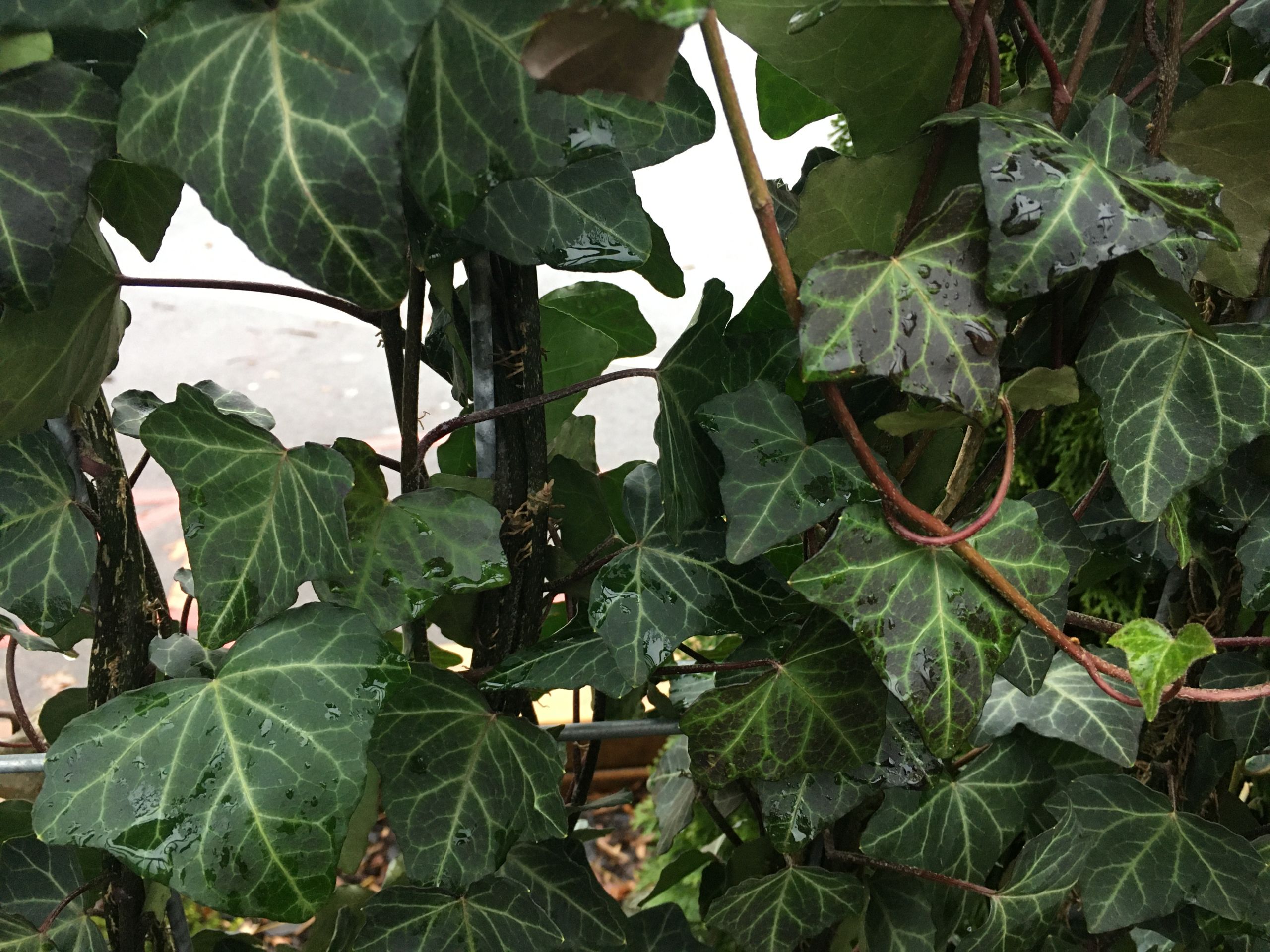
It is a grey and rainy November morning as cars jam-pack the streets outside Hunter’s Bar Infant School in Sheffield. The scene is one familiar to many parents who have adopted school drop-off time as a part of their daily rituals. However, since last month, an addition to the school’s yard has thrown a curveball into the mundaneness of these early morning routines. Whereas before the school was solely enclosed by a beige brick wall with dark metal bars at the top, its grounds are now surrounded by a sea of green which blends seamlessly into the leavy backdrop of Endcliffe Park in the distance. As headteacher Catherine Carr said, “the yard is a more exciting place to be” since the green barrier was put up. This wall of nature, however, has done so much more than spice up people’s morning routines.
It all started when students at the infant school asked if they could put some flowers in the school yard. Headteacher Catherine Carr said, “Because we are an urban school, we did not have a blade of grass in the yard. It was all just tarmac.”
The teachers, having already installed a vegetable garden to teach their pupils about the power of nature, took the request for more greenery on board and started a collaboration with the University of Sheffield and the Grantham Centre for Sustainable Futures in 2017. PhD researcher Maria del Carmen Redondo Bermúdez joined the initiative in October 2018 and from there the BREATHE project was born.
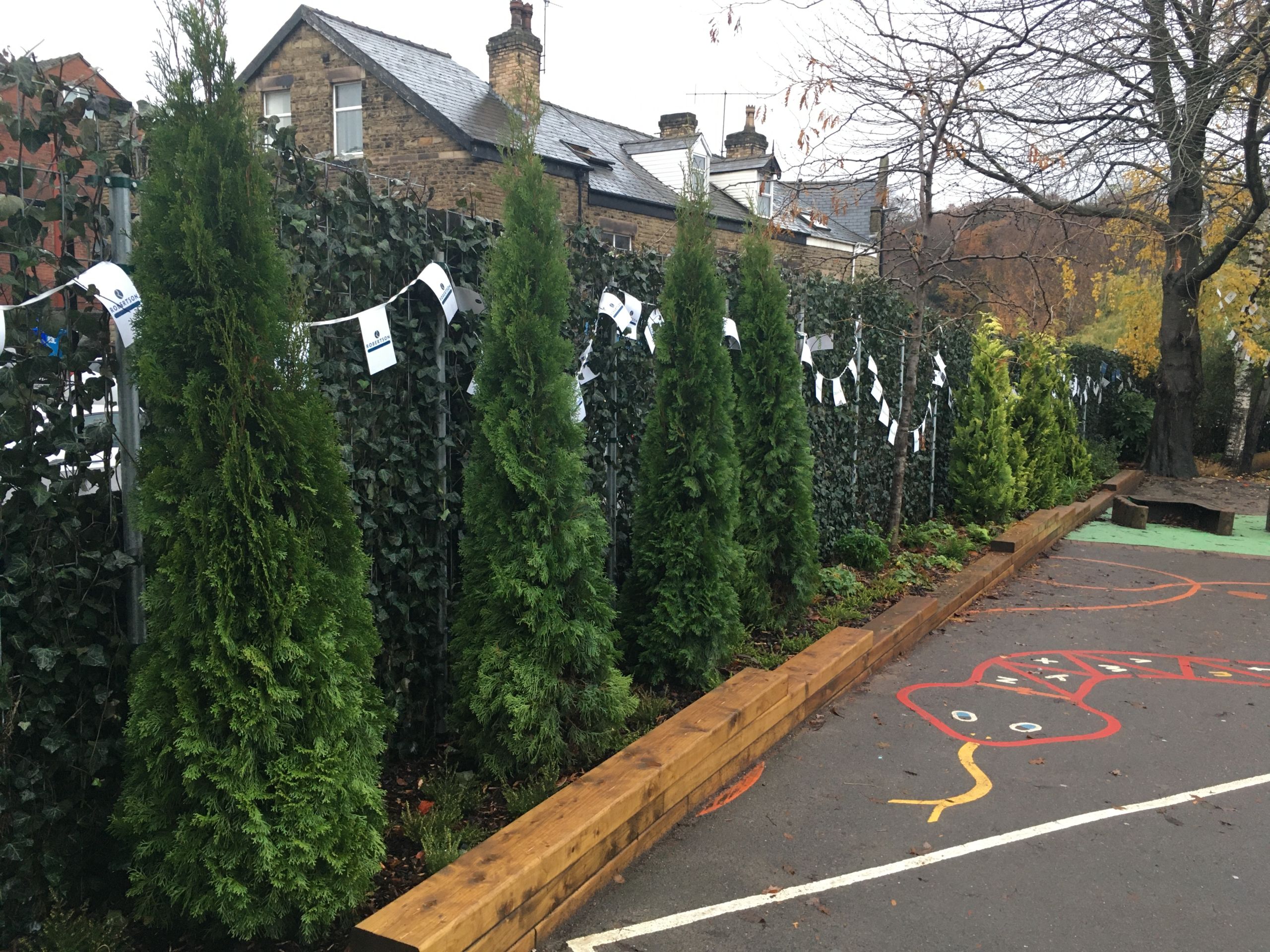
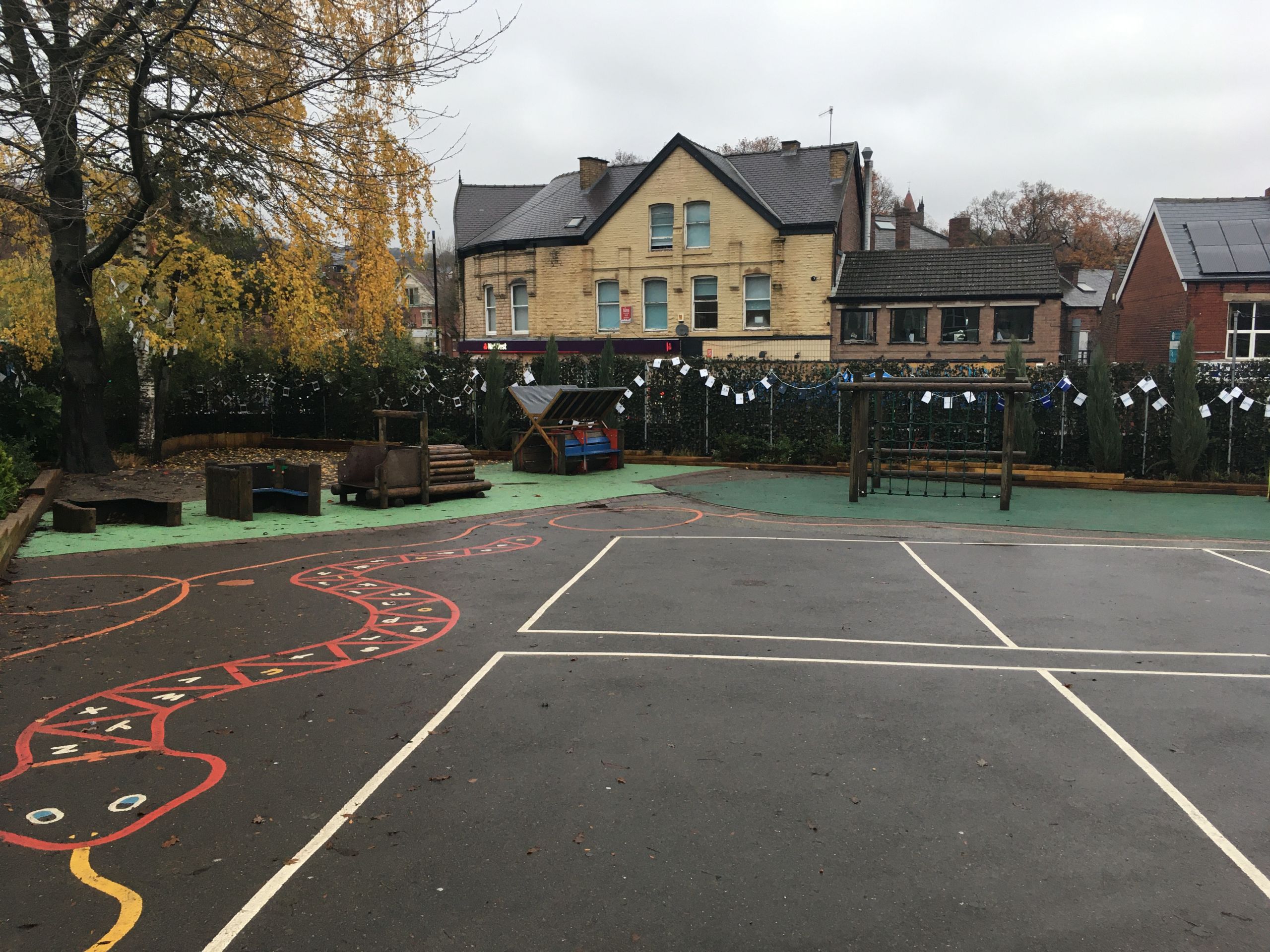
The plan was to install a sixty-meter-long green barrier around the school yard. The reason for the barrier was not only to improve the look and feel of the yard, but also to reduce air pollution in order to improve the children’s health.
Maria del Carmen Redondo Bermúdez said: “The school is vulnerable to air pollution because it is right next to a roundabout, which is the case of many inner-city schools. In April 2019, I started measuring the pollution and found that there is an hourly trend in nitrogen dioxide emissions, which are often linked to car fumes.”
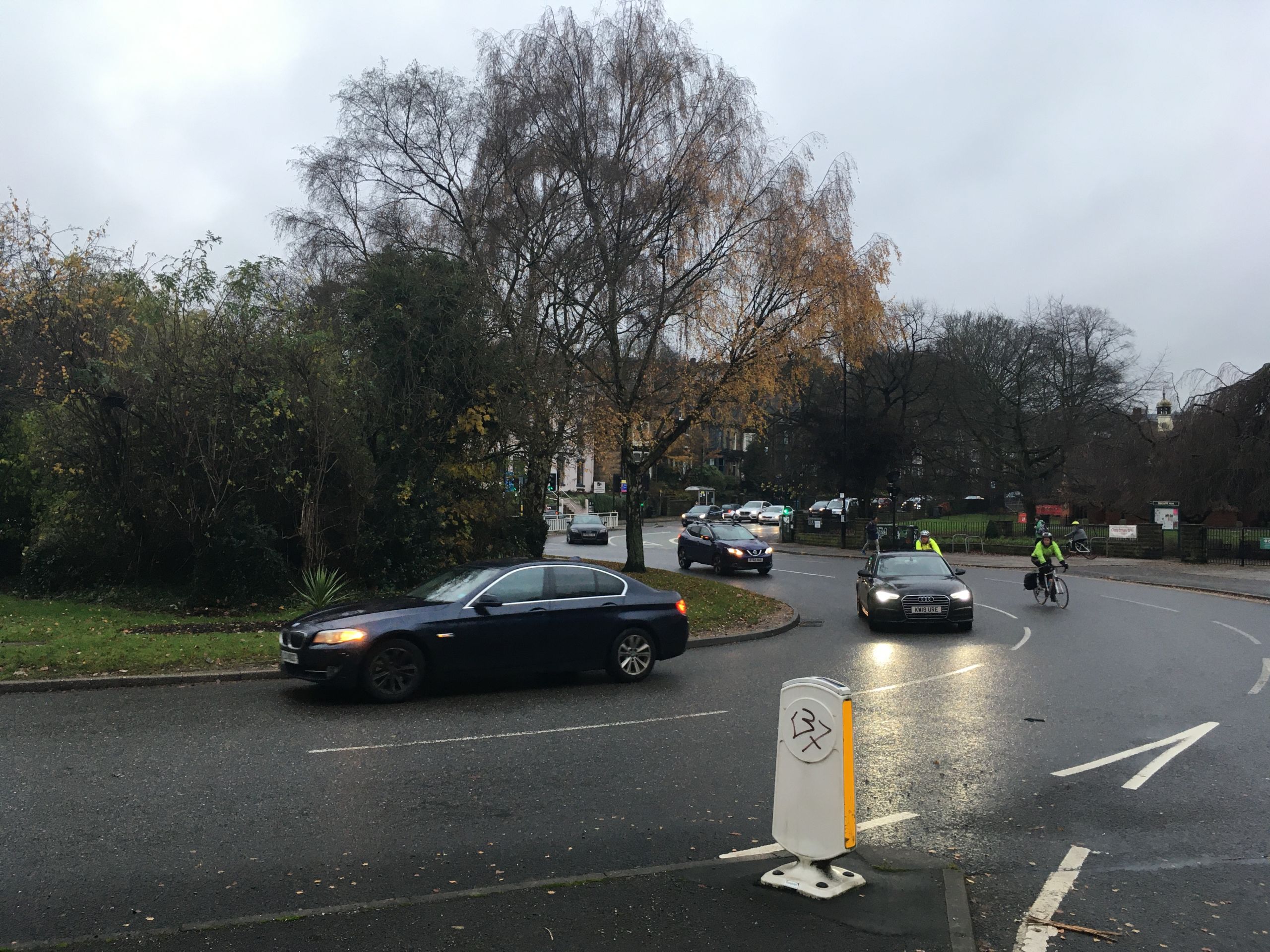
Since April 2019, Maria has been going to Hunter’s Bar to take manual air quality measurements inside and outside the yard. In collaboration with the Air Quality, Monitoring & Modelling, City Growth Department of the City Council, three diffusion tubes have been installed along the green barrier, which are small plastic tubes with a cap on either end. The top caps are coated with a chemical that reacts to nitrogen dioxide which is let into the tube as the bottom cap is screwed off.
For continuous measurements of not only nitrogen dioxide, but also other gasses and particulate matter in the air, a permanent monitor provided by the Urban Flows Observatory has been installed to a tall metal pole next to a wooden jungle gym. It is an odd juxtaposition at first glance, but when you realise how being in such close proximity to science experiments could inspire those kids on the jungle gym, it all falls into place. It is a prime example of how education does not only have to happen in classrooms.
As too much nitrogen dioxide is believed to lead to respiratory problems and other health issues, it is important to know when and if its levels exceed the standards set by the World Health Organization. Sheffield City Council has therefore placed diffusion tubes all around the city and has also collaborated with the Department of Environment, Food and Rural Affairs to set up air quality monitoring stations throughout the city. In the map below you can see where the biggest stations are located.
Plants have the capacity to improve air quality, according to Maria and many other researchers. That is why the design of the green barrier, made in collaboration between the University of Sheffield and Urban Wilderness, is made up of 240 plants in total. It includes thirty-two different species that have the potential to reduce levels of nitrogen dioxide and particulate matter. English Ivy, Conifers and bamboo are all included in the wall.
Maria will continue measuring the air quality until July 2020 to see if the barrier did in fact improve the quality of the air surrounding the infant school.
Besides improving physical health, BREATHE also focuses on bettering children’s mental well-being through nature. When the plant wall was installed last month, there was a real change in the mood of the pupils, according to headteacher Catherine Carr. “When they first saw it they were quite shocked, but then they became so joyful. They just wanted to run around the yard,” she said.
A survey in the US found that green outdoor settings can help reduce children's symptoms of ADHD. In the long run, Hunter’s Bar hopes to also tap into the mental health and calming benefits that this new piece of green landscape can offer by teaching their students how to tend and care for it.
Lauriane Suyin Chalmin-Pui is a PhD student at the University of Sheffield who specialises in the relationship between urban green spaces and mental health. She explained that the reason why nature can make us feel calm is because it is made up of patterns of curvy and soft shapes which are easier for our brains to process than the hard and angular lines of man-made landscapes. Taking care of a plant or garden can also make us feel more accomplished and self-sufficient, according to her.
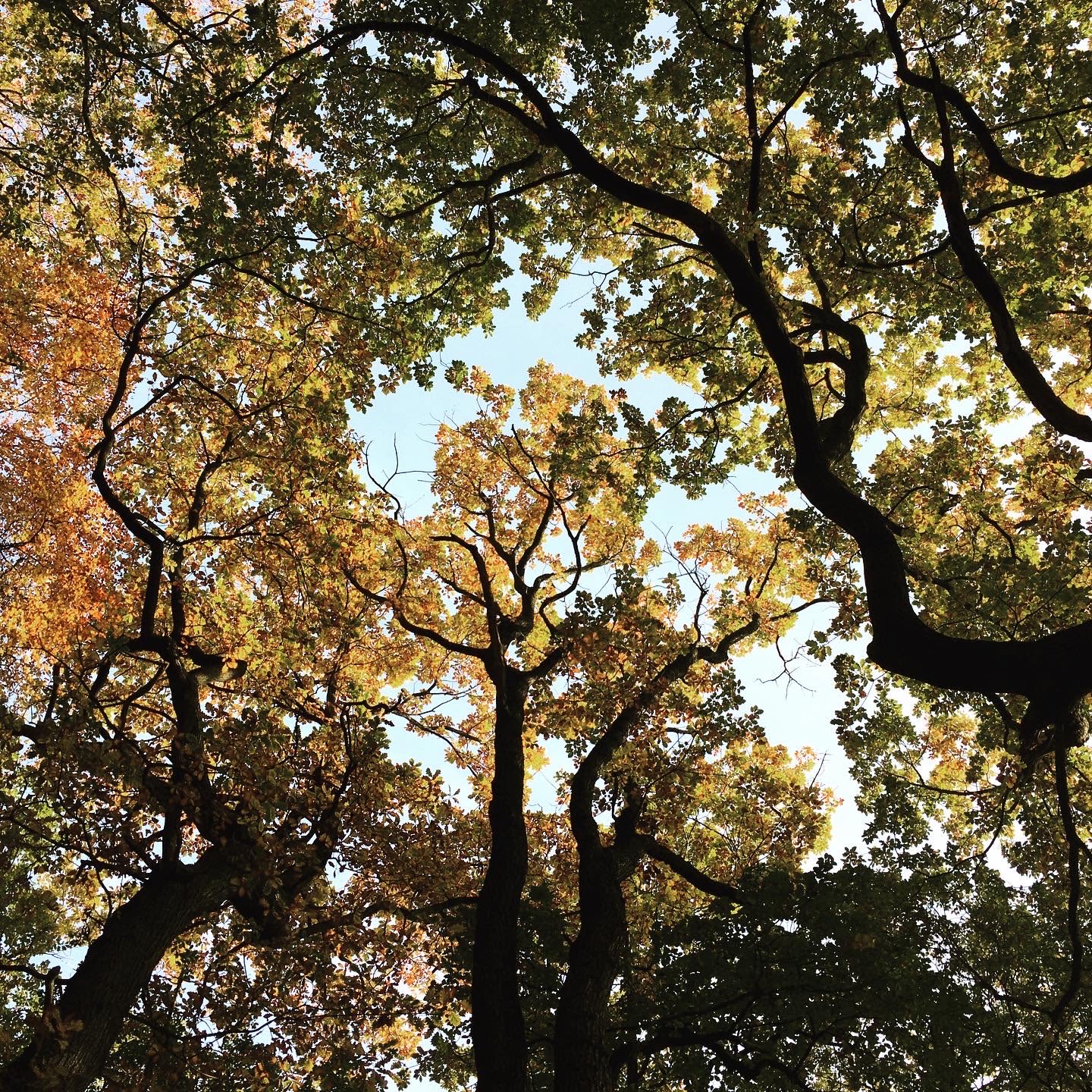

The BREATHE project has sparked a movement for schools around the world to incorporate more greenery into their facilities. The University of Sheffield has partnered with the University of Buenos Aires and the Angela Medone de Caviglia Infant School in Argentina, as a green barrier was installed in the latter only a few weeks ago.
Reflecting back on the project, Catherine said: “Never in a million years did we think it was going to get this big. It just grew and grew to the point of which now we feel we need to do something more with it.”
Maria expressed that she is equally as excited about spreading BREATHE to as many schools as possible. “Green spaces have so many benefits. They regulate temperature and flooding; they bring many mental health benefits and they have the potential to improve air quality. We should really be incorporating them much more into our city schools.”
